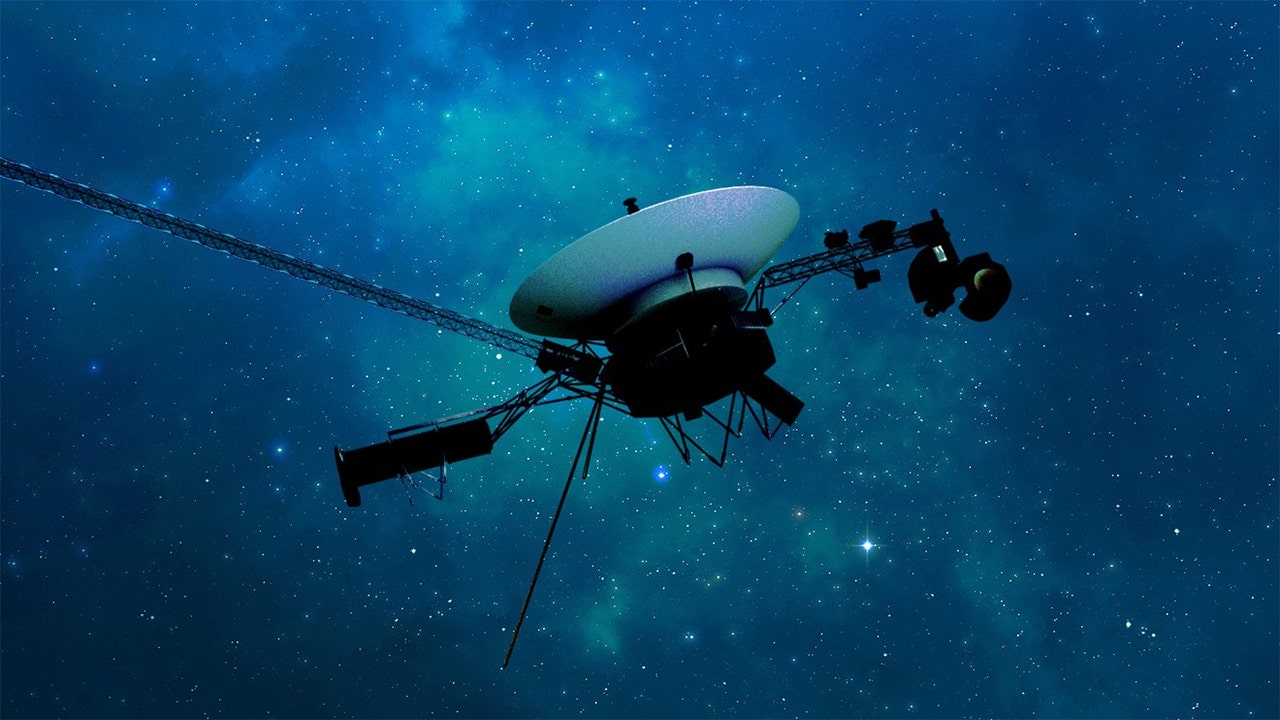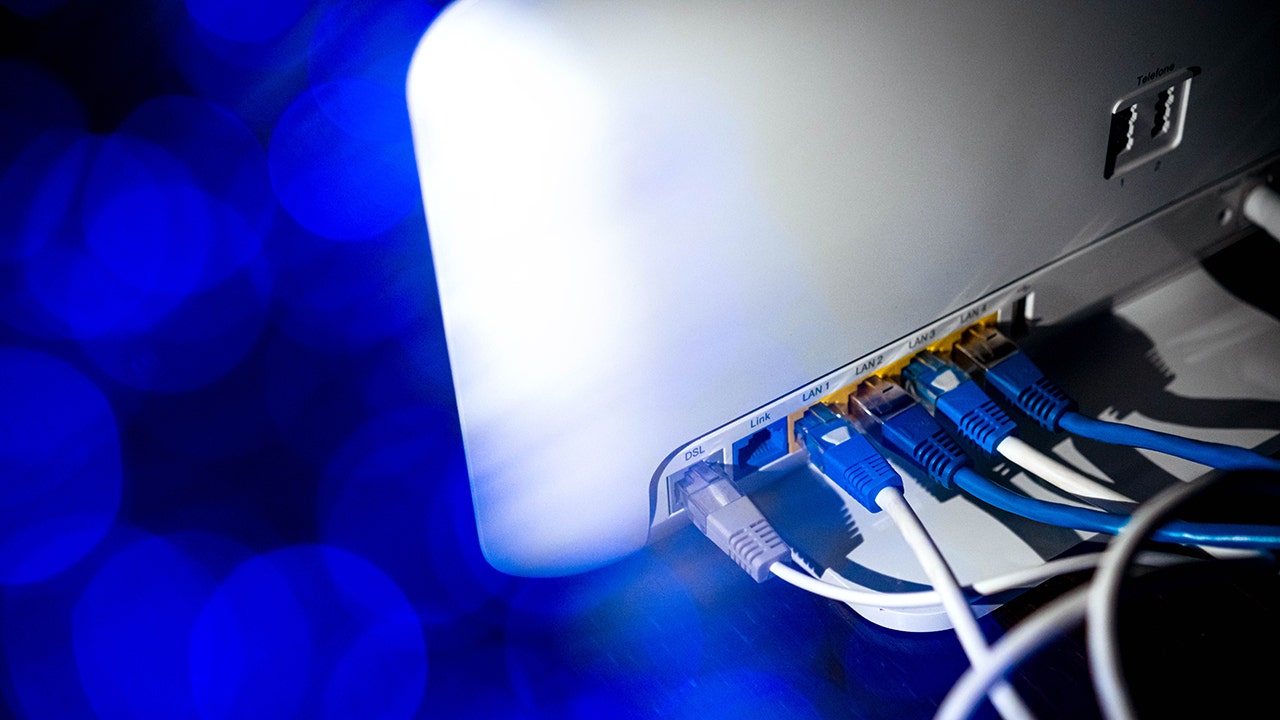NASA revives Voyager 1 thrusters thought dead for 20 years

NASA successfully revived the roll thrusters on the 47-year-old Voyager 1 spacecraft, which were thought to be dead for over two decades. According to the space agency, scientists at the Jet Propulsion Laboratory of NASA, located in Southern California, reactivated a set of thrusters on the spacecraft that had not been operational since 2004.
The roll thrusters play a crucial role in maintaining the spacecraft’s trajectory, especially as Voyager’s main thrusters are showing signs of potential failure due to residue buildup. Scientists estimate that the main thrusters could fail as early as Fall 2025, making the revival of the backup thrusters a critical achievement.
In a separate development, the antenna on Earth responsible for communicating with both Voyager 1 and Voyager 2 will be offline for several months. Deep Space Station 43, a 230-foot-wide antenna in Australia, is undergoing necessary upgrades and will not be operational until February 2026. During this period, NASA will be unable to establish communication with the twin space probes.
Suzanne Dodd, Voyager project manager and director of the Interplanetary Network at JPL, emphasized the significance of the antenna upgrades for future Moon missions. She stated that the enhancements would not only support crewed lunar landings but also enhance communication capacity for deep space science missions, building on the groundbreaking discoveries made by the Voyager probes.
Each Voyager spacecraft is equipped with primary thrusters for overall movement control and smaller thrusters for roll adjustments. The revival of the roll thrusters on Voyager 1 ensures that the spacecraft’s antenna remains aligned with Earth, facilitating seamless communication with mission control.
While Voyager 1 has previously experienced successful thruster revivals in 2018 and 2019, the inability to perform roll adjustments would jeopardize the connection with Earth if communication were to be lost. Given Voyager 1’s unprecedented distance from Earth, restoring communication would be a monumental challenge.
Launched in 1977, Voyager 1 has traveled nearly 15 billion miles and is currently exploring interstellar space beyond our Solar System. Alongside its twin Voyager 2, these spacecraft have ventured farther than any other human-made objects. Voyager 1’s notable discoveries include identifying a thin ring around Jupiter, new moons orbiting Saturn, and previously unknown rings around the gas giant.
The successful revival of Voyager 1’s roll thrusters marks a significant milestone in NASA’s ongoing mission to explore the depths of space. The agency’s commitment to pushing the boundaries of space exploration continues to yield groundbreaking discoveries and pave the way for future interplanetary missions.




